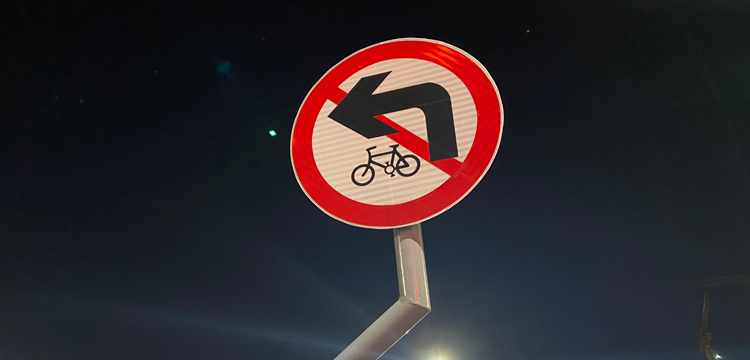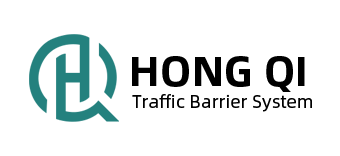How to Choose The Right Traffic Signs

How to choose the right traffic signs for your projects?
Traffic signage, an infrastructure for road traffic management, coming in different colors, shapes, and patterns, is used to convey messages, provide guidance, issue warnings, or restrict speeds to drivers and pedestrians. These colors, shapes, and patterns of traffic signs are important components of its design and are standardized to enhance quick recognition and understanding. Here are some tips on traffic signs when you need them for your projects.
Color Standards
Colors are an important part of traffic signage and are used to convey information, provide guidance, issue warnings, or restrict speeds. The standard specifies the meaning and scope of use represented by different colors of signage. Such as:
Red signage: indicates prohibition or stop, used for stop signs and yield signs.
Yellow signage: indicates warning or attention, commonly used for warning signs, including those that indicate changes in road conditions or potential hazards.
Blue signage: used for motorist services and information signs.
Green signage: used for guide signs, providing directional or navigational information.
White signage: Generally used for regulatory signs, including speed limit signs.
Orange signage: Generally used for regulatory signs, including speed limit signs.
Brown signage: Used for signs indicating recreational and cultural interest areas.
Shape Standards
Different shapes of signage also have different meanings and uses. Common shapes include circles, rectangles, triangles, octangle hexagons, and squares. The standard specifies the scope of use and meaning of various shapes of signage. Such as:
Circular signage: This shape is often used for regulatory signs, including speed limit signs. The circle signifies an order or regulation. Speed limit signs in a circular shape are commonly found in European countries.
Rectangular signage: Indicates the name of the road, the road number, and direction information, such as road signs, exit signs, etc. This is another common shape for speed limit signs, particularly in the United States. Rectangular signs with a white background are regulatory signs, and they convey information about rules that drivers must follow.
Triangular signage: Indicates warning traffic signs, which are used to remind and inform drivers of traffic information requiring special attention, such as attention to children signs, attention to curves signs, etc.
Octangular signage: The octagonal shape is exclusively used for stop signs. Stop signs are regulatory signs that instruct drivers to come to a complete stop at an intersection.
Hexagonal signage: Indicates hazardous traffic signs, which are used to indicate dangers or warning messages on the road, such as dangerous road signs, construction warning signs, etc. The hexagonal signs are typically used for warning signs. While not as common for speed limits, you might find diamond-shaped signs indicating specific conditions or hazards on the road.
Square signage: They are used for various purposes, including regulatory and warning signs. However, square speed limit signs are less common compared to rectangular ones.
Pattern Standards
Patterns on signs are also part of the standardization of traffic signage; they have a clear meaning and defined dimensions. Common patterns include text, graphics, and arrows. The standard specifies the scope and form of use of different pattern signage. Such as:
Prohibit sign: used to prohibit a certain behavior, generally using circular signs, through the pattern or text to clearly indicate the content of the prohibition, such as prohibit parking, prohibit U-turn signs, etc..
Warning signs: used to remind drivers need to pay attention to the traffic situation, the general use of triangular signs, through the pattern or text to clearly remind drivers need to pay special attention to the content, such as attention to sharp turns, pay attention to pedestrians and so on.
Indicator signs: used to indicate the direction and location of the driver, generally using rectangular, circular or hexagonal signs, through the pattern or text to clearly indicate the need to travel in the direction or location, such as parks ahead, and exit signs.
May it help you when you are confused about what kind of traffic signs for your projects, please feel free to contact us at [email protected] if you want to get more information.



Leave a Reply
Want to join the discussion?Feel free to contribute!